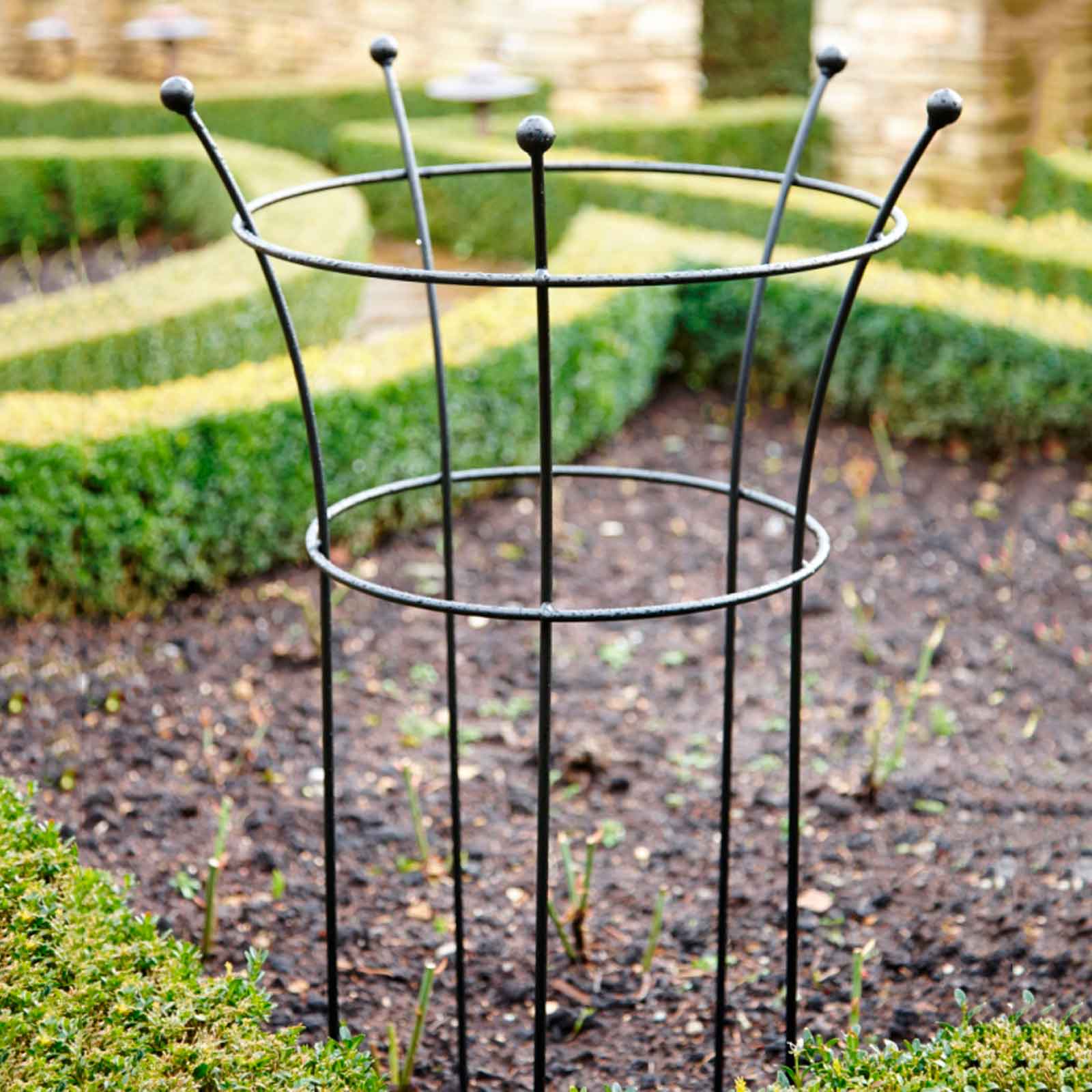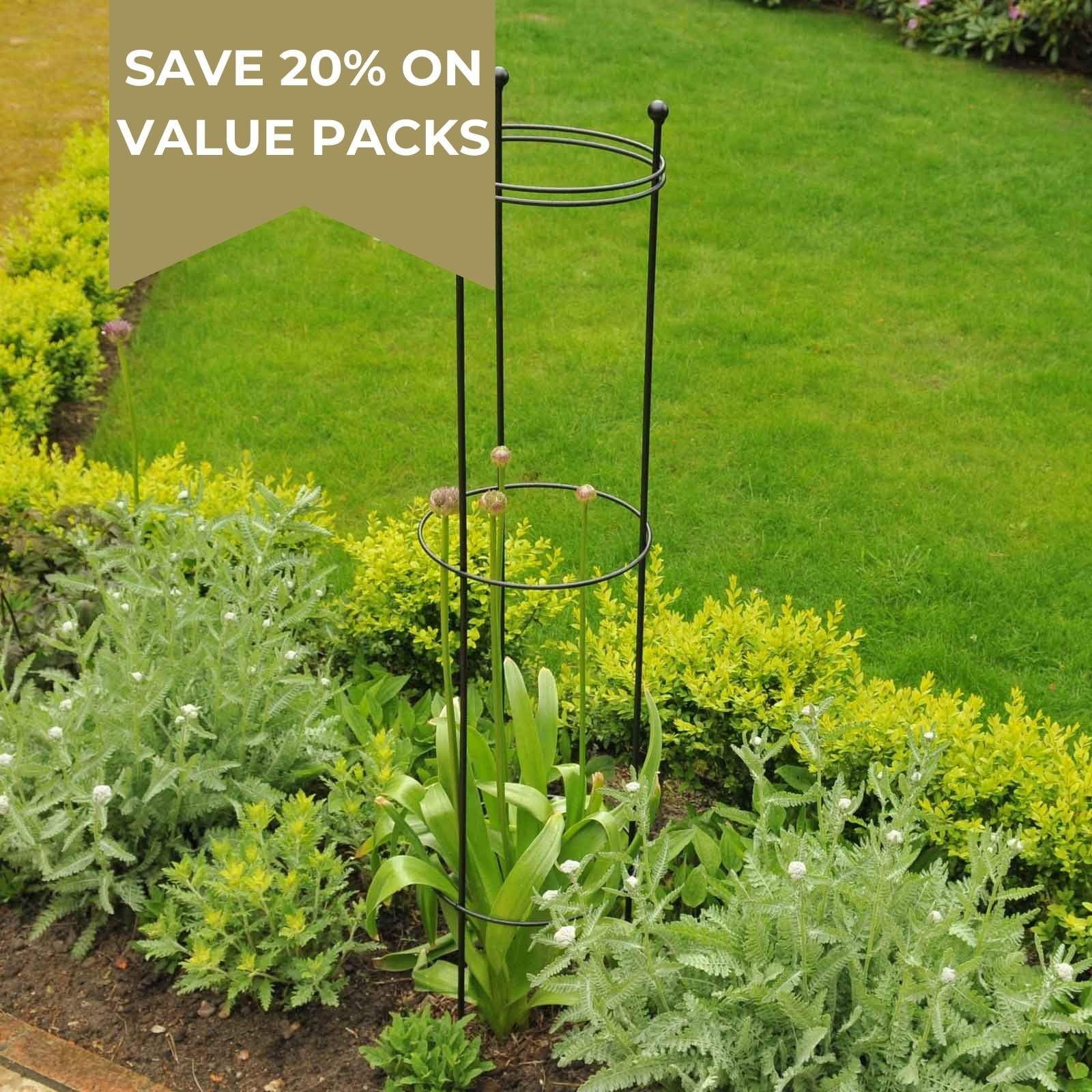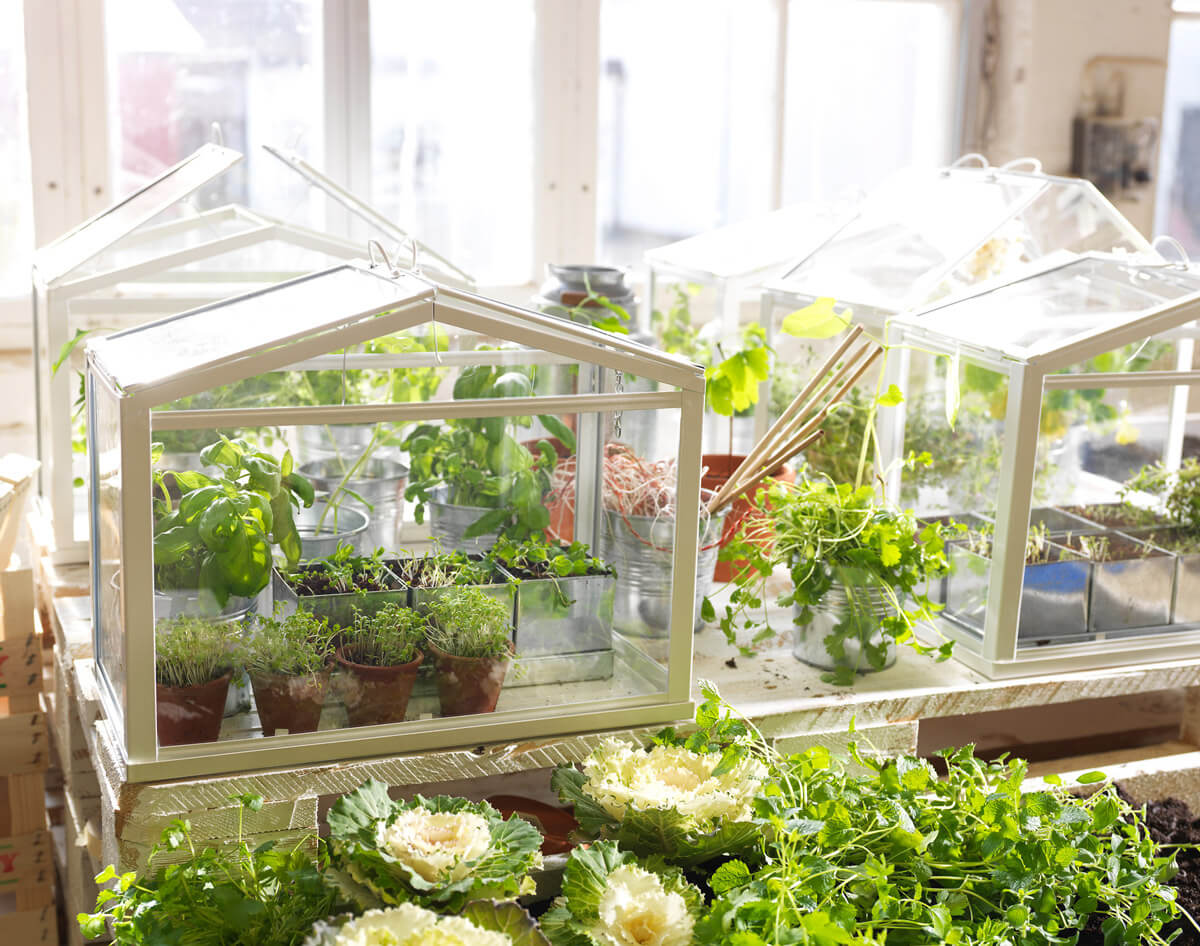Comprehensive Guide to Plant Supports: Optimal Choices for Growth and Stability

Imagine walking through a garden at dawn, dew soaking your cuffs, and seeing every stem—from the showiest peony to the scrappiest bean—standing confidently upright. There’s a special pride in that sight. It didn’t happen by accident. If you’re tired of watching plants sprawl across paths or snap under summer storms, you’re not alone—supporting plants is the silent art most gardeners learn the hard way.

Over three decades, I’ve propped up everything from windowsill pothos to temperamental heritage tomatoes and once even coached an elderly neighbor through building a backyard grape arbor—using just scavenged bamboo and a handful of mismatched twine. Through failed experiments (ever tried using twist-ties on cucumber vines? Don’t.) and surprising triumphs (old pantyhose, turns out, best plant tie ever), I’ve accumulated more garden support stories than I can count.
Consider this guide the culmination of those years—a hands-on manual laced with real-world failures and field-tested solutions nobody tells you until after your first tomato avalanche or wind-toppled delphinium. My goal: share not just what works, but why, so you can read your own garden’s needs like soil between your fingers.
Let’s dig into every detail—from support fundamentals right through troubleshooting advanced setups—so whether you’re tending two houseplants or wrangling an allotment jungle, you’ll step outside knowing exactly what to do next.
1. Why Real Gardeners Swear By Plant Supports
It starts innocently: a pot of basil on the sill begins to droop... but soon it’s sunflowers slouched onto the patio or cucumbers tangled into knots. When someone asks me why supports matter, my mind flashes back to a June squall in 2011 that flattened my entire main border in ten minutes flat—all because I’d “waited until later” to stake.
The Big Three Reasons
Gravity Has No Mercy
- Tall varieties like foxgloves or hollyhocks push past their weight limit before midsummer. Gravity—and a gusty afternoon—doesn’t care how much money you spent on heritage seeds.
Weather Never Cooperates
- Peonies look divine at sunrise, but one rainstorm later? Their heads drag in mud unless ringed by hoops in May.
- In windy regions (I once gardened near Chicago for a year), unsupported stems snap overnight.
Yield & Health Depend On Airflow
- Frustrating truth: wet leaves lying on soil breed rot.
- Upright plants dry faster post-rain (a little trick I learned watching powdery mildew spread through crowded zinnias).
- Off-the-ground fruit stays cleaner—crucial for strawberries and tomatoes with low branches.
Supports aren’t just about neatness—they’re about resilience. A supported garden is simply less vulnerable to disaster, period.
2. The Insiders’ Encyclopedia: Support Types That Actually Perform
Let’s go beyond hardware store basics—the true toolkit spans tradition and ingenuity both outdoors and indoors:
Stakes
Best for: Tall soloists (amaryllis’ post-bloom lean… ring any bells?)
Expert Lessons:
- Bamboo is budget-friendly but rots after two monsoon seasons; metal lasts but can overheat tender stems under full sun.
- Indoor hack: Extra-long chopsticks make perfect discreet orchid stakes.
"Back in 2007," I recall improvising with paint-stir sticks amid an unexpected dahlia growth spurt—the aesthetic wasn’t ideal, but it saved half my blooms.
Tying tip: Use strips of old T-shirt fabric—they stretch as plants grow and never bite into the stem.
Cages
Best for: Unruly bush tomatoes; double-flowering peonies after spring fertilizer overdose.
Steel cages last forever but beware of cheap ones: I bent $3 wire cones into pretzels trying to corral Cherokee Purples during one bad hailstorm.
Trellises & Ladders
Best for: Climbing peas or indoor monsteras aiming for the ceiling
Favorites:
- Metal mesh panels mounted against fences (sturdier than wood lattice on exposed sites)
- In apartments: Dollar-store tension rods strung with sisal become instant pothos playgrounds
Surprise fix: Once used an overturned laundry basket as emergency trellis when cucumbers started crawling across kitchen floor!
Obelisks & Arches
If drama matters or roses keep pricking passersby—invest here.
Paint black or forest green so they “disappear” among foliage.
Hoops & Rings
Clump-forming perennials thank you after windy weekends.
A trick from my prairie gardening days: double up—a half-height ring early in spring, then a taller one as buds form mid-June.
Netting/Meshes
For rows—and sheer invisibility—try heavy-duty green nylon netting stretched taut between posts.
I resisted netting for years thinking it was “too industrial,” then ate crow when snap peas finally stood tall through July tornado warnings.
Decorative/Indoor Options
Copper tubing or moss-wrapped poles don’t just look smart—they encourage aerial roots on monsteras instead of wall-crawling chaos.
Fishing line tied from curtain rod anchors keeps vining philodendrons elegantly airborne—and floors uncluttered.
3. How To Choose THE Right Support (And Avoid Regrets)
No two beds are alike; your best bet is asking:
- Growth Habit: Upright seeker? Sprawler?
- Weight: Expecting heavy fruit/flowers needing load-bearing backup?
- Duration: Short-term annuals vs perennials needing permanent frameworks?
- Looks vs Utility: Are you happy with rustic sticks…or crave wow-factor sculpture?
| PLANT | RECOMMENDED SUPPORT |
|---|---|
| Tomatoes | Cage for determinate types; tall stake/spiral for indeterminate climbers |
| Clematis/Jasmine | Sturdy trellis/obelisk |
| Peonies | Two-level rings |
| Indoor Monstera | Moss pole/fishing line anchor |
| Beans/Sweet Peas | Netting/A-frame teepee |
| Cucumbers | Vertical grid panel |
Rule learned the hard way: Always install supports before growth surges—even if it feels premature.
4. Installation Masterclass—Zero Guesswork Required
Real talk: For every “just jab it in” myth there are twice as many horror stories about snapped roots and collapsed trellises mid-season.
Here’s how pros get it right every time:

Step-by-Step Checklist
1️⃣ Prepare Before Planting
Set cages/rings/stakes while soil is bare—it’s ten times easier than later surgery near sensitive roots.
2️⃣ Anchor Deeply
Drive stakes/cages at least ⅓ their height underground—it shouldn’t wobble even if yanked.
(Tip from my storm-chasing uncle who gardens along Lake Erie.)
3️⃣ Gentle Tying Is Non-Negotiable
Wrap soft ties loosely enough for stems to flex; check room with two fingers underneath.
Avoid plastic-coated wire—it slices! Old pantyhose reign supreme here: stretchy AND nearly invisible.
4️⃣ Recheck & Adjust Weekly
Every Sunday morning coffee run = brisk support check ritual at our house:
- Loosen ties where stems thicken
- Straighten slouch-prone cage sides post-wind/rain
Insider trick: Bright hairbands are easy to spot AND stretch as growth accelerates.
5. Avoid These Classic Mistakes (I’ve Made Them All)
Mistake #1 – Procrastinating Installations:
Once roots are established there’s no easy way back—trying will likely damage more than you save (ask how many times I've muttered curses untangling tomatoes).
Mistake #2 – Tight Ties:
Never cinch anything tighter than your pinkie finger can slip under; constricted stems choke off sap flow fast.
Mistake #3 – Skimping On Strength:
Fragile supports fold under mature squash vines every time—you’ll spend more replacing junk than buying sturdy ones up front.
Budget reality check:
Heavy-duty steel cages ~ $18 each last decades;
Bamboo multi-packs ($7) suffice if swapped out yearly;
Garden velcro ($10) pays off over hundreds of reuses compared to disposable twist-ties that always break when needed most!
6. Next-Level Optimization And Training Secrets
Want more than basic upright plants? Here’s where seasoned growers push boundaries:
Vertical Gardening
Frees up ground space AND improves airflow indoors/outdoors—
My houseplant jungle climbs repurposed closet rods anchored above windows (bonus sunlight).

Espalier Artistry
Train apples/pears against wire grids mounted along south-facing walls—a living fence and bumper crops years earlier than standard freeforms!
Custom Modular Systems
After breaking three wooden pea frames during pandemic planting binges, I built modular PVC pipe scaffolds ($32 cost for enough frames to cover four beds). They store flat behind shed doors all winter…
Living Supports
Sunflowers make natural poles for pole beans—a lesson borrowed from indigenous gardeners (“Three Sisters” planting still works wonders centuries later).
In mixed borders let sweet peas clamber naturally over sturdy fennel stalks—you’ll use less hardware year-to-year!
7. Best Tools & Insider Resources (With Price Tags!)
Years spent testing gear means some things are worth investing in:
Tomato Cages
Go heavy-gauge steel if growing heirlooms (>1lb fruits)—$15–25/cage but truly indestructible!
Bamboo Stakes
Eco-friendly packs ($8/6) break down in compost late fall — perfect annual solution
Expandable Trellises
Adjust width each season based on plant vigor (~$22/panel). Ideal if crop rotation changes layout yearly
Moss Poles
Store-bought ($12/pole) feel luxe indoors—or DIY with scrap PVC + sphagnum moss wraps
Soft Garden Tape
($9/roll) reusable all season; totally essential for trees/shrubs prone to wind rub
Smart DIY Hacks
Old hosiery > any commercial tie indoors;
Closet rods/dowels = tough supports during supply shortages;
Salvaged chicken wire mesh = effective pea fences when budgets run thin

8. Real Case Studies From Dirty Hands
Marie’s balcony monstera shoots skyward using nothing fancier than a thrift-store bamboo blind rolled upright as climbing grid—a trick she swears by since her cat gnawed apart her first moss pole attempt!
Theo faced Saskatchewan winds that toppled lilies each June...until he doubled up peony rings at staggered heights—with an inner ring supporting new shoots inside an outer cage come storm season (“They survived last August's microburst!” he texted me gleefully).
Jordan thought tomato cages were optional his rookie year—the flattened heap after one July thunderstorm convinced him otherwise (“Green tomatoes everywhere—I’m never skipping cages again,” he laughs now).
Indoors? Linda strings fishing line from monstera nodes all the way up her window frame so glossy split leaves hover gracefully above her busy desk—not once has her trailing vine gotten tangled since she embraced this transparent hack.
9. Rapid Troubleshooting—Field Fixes That Actually Work
Despite best efforts:
- Cages flopped after last night’s thunderstorm? Stake additional supports triangle-style around perimeter next time; bury at least half their length if wind-prone site.
- Stems chafed/raw where tied? Switch immediately to wider/stretchier materials OR re-tie leaving slack loops above/below injury points.
- Plants collapse anyway? Prune away excess fruit/leaves temporarily then reinforce vertically/horizontally until structure recovers fully.
- Ugly equipment spoiling family gatherings? Wrap exposed wires/cages with florist tape painted brown/green OR invest in decorative metal options designed expressly for show gardens.
Sometimes nature does it better—in cottage borders let morning glories twine naturally across neighboring shrub branches instead of buying new hardware every year…
10. The Action Plan—How To Become A “Plant Support Person”
Before your next cup of tea...
1️⃣ Walk your space—noticing what leans/flops now versus what has flopped before
2️⃣ Select tools/supports fitted specifically for each habit/growth challenge
3️⃣ Assemble materials ahead of peak surge periods (late spring indoors/outdoors)
4️⃣ Install proactively—not reactively!
5️⃣ Tie loosely; check flex weekly through prime growth months
6️⃣ Adjust frequently—especially post-heavy rains/winds
7️⃣ Upgrade setups as plants bulk up; don’t hesitate dumping subpar gear
8️⃣ Always experiment—with recycled bits/homemade hacks as budget allows
Most importantly? Develop eyes-on vigilance—a practiced glance while watering reveals failing ties long before disaster strikes.
Your Roadmap Forward
By now you’ve absorbed not only fundamentals honed over years among soggy shoes and broken flowerheads—but also next-level tricks few garden books mention outright.
So this week:
▶️ Take inventory—even one wobbly sunflower counts;
▶️ Schedule Sunday support-check-ins alongside coffee refills;
▶️ Try something creative—a living fennel trellis or painted tomato cage;
▶️ Swap stories with fellow gardeners—the world’s best ideas rarely come shrink-wrapped!
Plant support mastery isn’t perfection—it’s adapting steadily season by season, reading weather signs…and knowing which fix fits which flop before damage multiplies.
Every upright blossom is proof positive of quiet care behind the scenes—as yours will be too long after this guide finds its final page crease!
Happy supporting—and may every stem stand proud thanks to your well-earned expertise!




